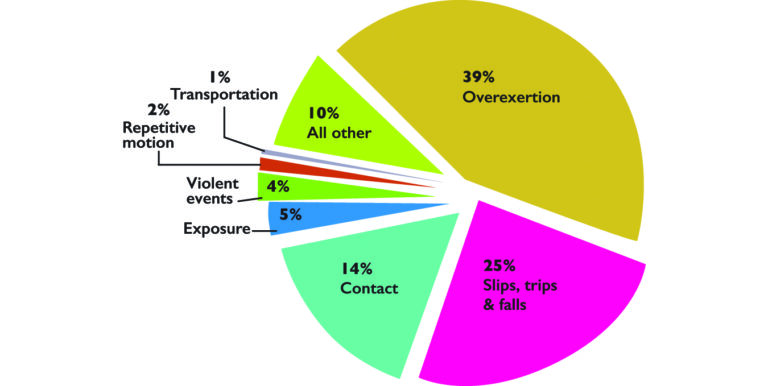July 31, 2005—The California Division of Occupational Safety and Health (Cal/OSHA) recognizes that many of California’s employees are at risk of heat-related illnesses or even death during heat waves and so has created a list of tips for workers and employers.
- Don’t forget the value of education and training. There is no substitute for knowing what you are doing. In high heat, that means appreciating the risk and understanding how to reduce it. Workers need to know what they must do to reduce the risk of heat illness and, just as importantly, why. Employees and employers should be thoroughly familiar with the signs and symptoms of heat stroke which can include loss of concentration, difficulty focusing on a task, fatigue, increased irritability, nausea, cramps, hot and dry skin, lack of sweating or profuse sweating, rise in heart rate and body temperature, headache, and fainting. Training should also include the importance of drinking water and avoiding dehydration, medical and behavioral risk factors for heat illness, and the employer’s emergency preparedness measures.
- Drink cool water. People working in the heat should drink small amounts of water frequently, at a rate of 3 to 4 cups per hour and employers should be sure to have adequate amounts of water on hand. Diabetics, people who take medications that tend to dehydrate the body and people who may have been drinking alcoholic beverages the night before are especially at risk unless they compensate by increasing their water consumption. Because of their dehydration impact, it is prudent to avoid or cut down on alcoholic and caffeinated drinks during very hot weather.
- Plan the day with heat in mind. Supervisors should consider scheduling heavy work for cooler parts of the day. For work indoors, make sure ventilation is functioning and optimized for cooling. For work outdoors, plan to have shade available in a cool or ventilated area for breaks. Check in with workers frequently to remind and encourage them to take rest breaks, to drink water and to report any symptoms of heat illness.
For more tips and information, visit the Web site.




